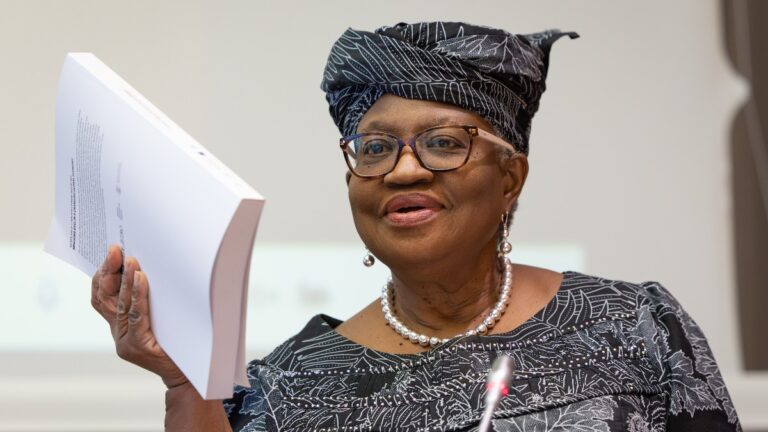
Geneva: Global trade growth in the first quarter of 2024 was primarily driven by increased exports from China (9%), India (7%) and the US (3%). Conversely, Europe’s exports showed no growth and Africa’s exports decreased by 5%, the United Nations Trade and Development (UNCTAD), said in its latest global trade update today.
As South-South trade is setting the pace, during Q1 2024, trade growth in developing countries and South-South trade outpaced that in developed countries.
UNCTAD said trade in developing countries and South-South trade increased by about 2% in both imports and exports during the first quarter. In comparison, developed countries saw flat imports and a modest 1% rise in exports.
On an annual basis, however, South-South trade fell by 5% when comparing the first quarter of 2023 to the first quarter of 2024.
Overall, global trade trends turned positive in the first quarter of 2024, with the value of trade in goods increasing by around 1% quarter-over-quarter and services by about 1.5%.
This surge, fueled by positive trade dynamics for the United States and developing countries, particularly large Asian developing economies, is expected to add approximately $250 billion to goods trade and $100 billion to services trade in the first half of 2024 compared to the second half of 2023.
Global forecasts for GDP growth remain at around 3% for 2024, with the short-term trade outlook being cautiously optimistic. If positive trends persist, global trade in 2024 could reach almost $32 trillion, yet it is unlikely to surpass its record level seen in 2022.
Green energy and Artificial Intelligence (AI) sectors see a strong surge
Trade growth varied significantly across sectors, with green energy and AI-related products experiencing stronger increases. The trade value of high-performance servers rose by 25% compared to the first quarter of 2023, while other computers and storage units saw an 8% increase. The trade value of electric vehicles also grew significantly, increasing by about 25%.
Overall, moderating global inflation and improving economic growth forecasts suggest a reversal of the downward macroeconomic trends that have characterized most of 2023. Additionally, rising demand for products related to energy transition and artificial intelligence should contribute to trade growth through 2024. Furthermore, the possibility of interest rate cuts in the United States later in the year and the consequently weaker United States dollar could give global trade a further boost.
The World Trade Organization (WTO), in its latest trade statistics released today, pointed out that the US dollar value of world merchandise trade was down 2% year-on-year in the first quarter of 2024. The fact that trade values were declining while trade volumes were rising indicated that export and import prices were falling during this period, WTO said today.
As merchandise trade as measured by the average of exports and imports was up 1.0% in the first quarter of 2024 compared to the previous quarter, trade in the first quarter was also up 1.4% compared to the same period in 2023. WTO said these are the first quarterly trade volume statistics released by the Organization since its most recent trade forecast was issued on April 10, 2024, in the organization’s Global Trade Outlook and Statistics report. In that report, WTO economists predicted that world merchandise trade volume would grow 2.6% in 2024 and 3.3% in 2025. “The 1.0% increase in the first quarter is broadly consistent with these projections; if the current pace of expansion continues through the end of this year, trade volume for the whole of 2024 will be 2.7% higher than in 2023,” WTO stated.
However, despite these positive trends, the outlook for 2024 is tempered by potential geopolitical issues and industrial policy impacts, UNCTAD said, adding that geopolitical tensions, rising shipping costs, and emerging industrial policies could reshape global trade patterns.
The UNCTAD report warns that an increasing focus on domestic industries and trade restrictions could hinder international trade growth.
– global bihari bureau





